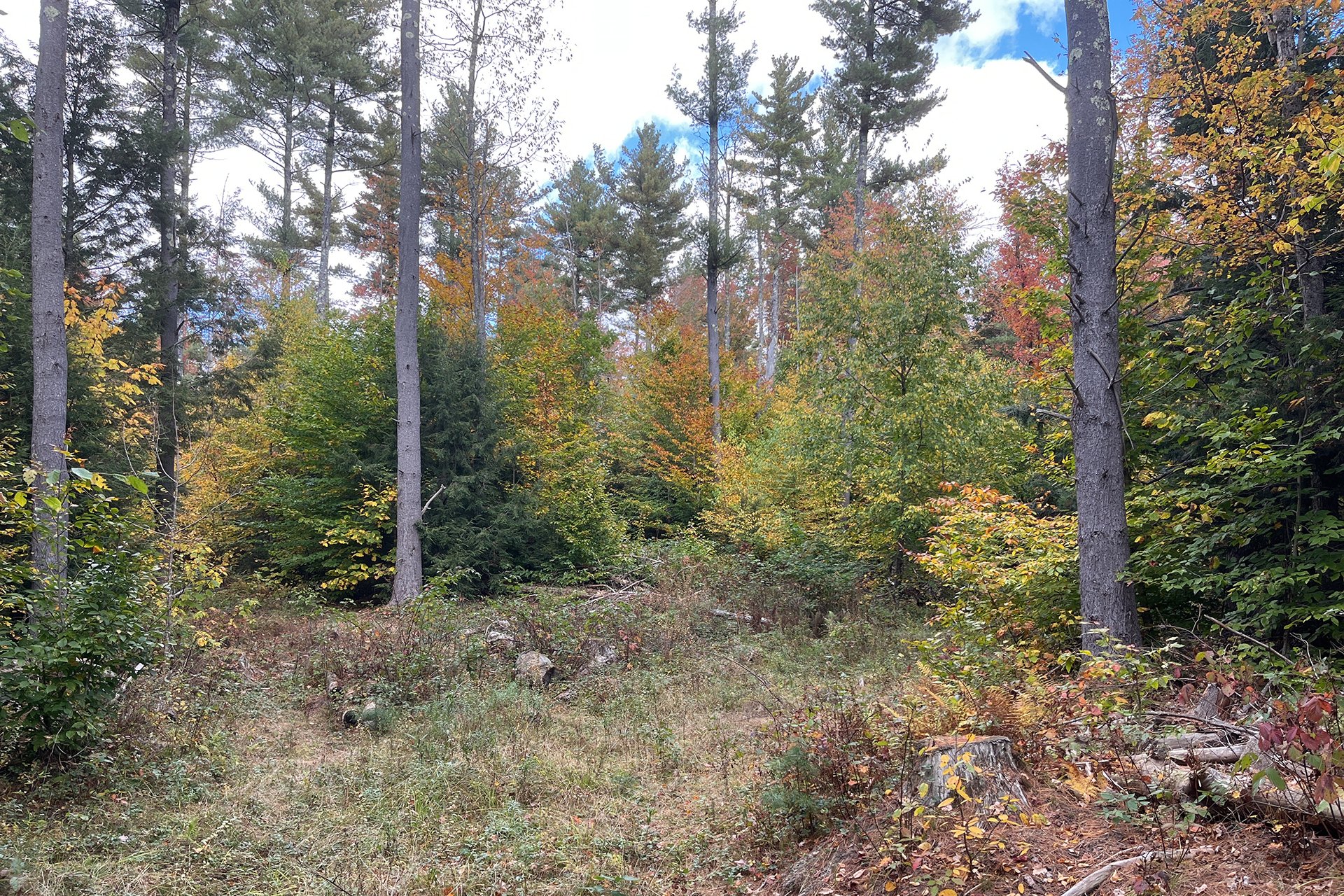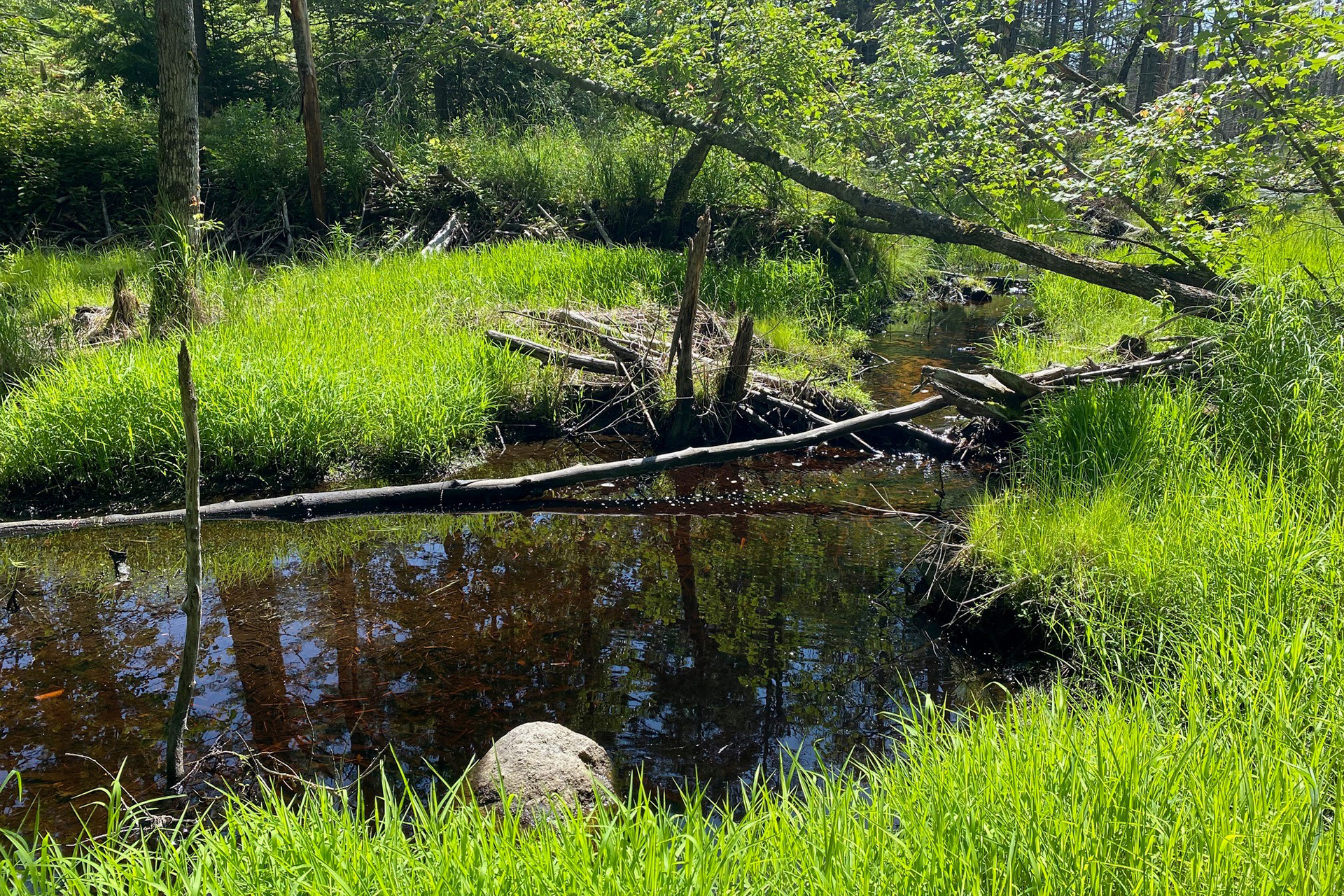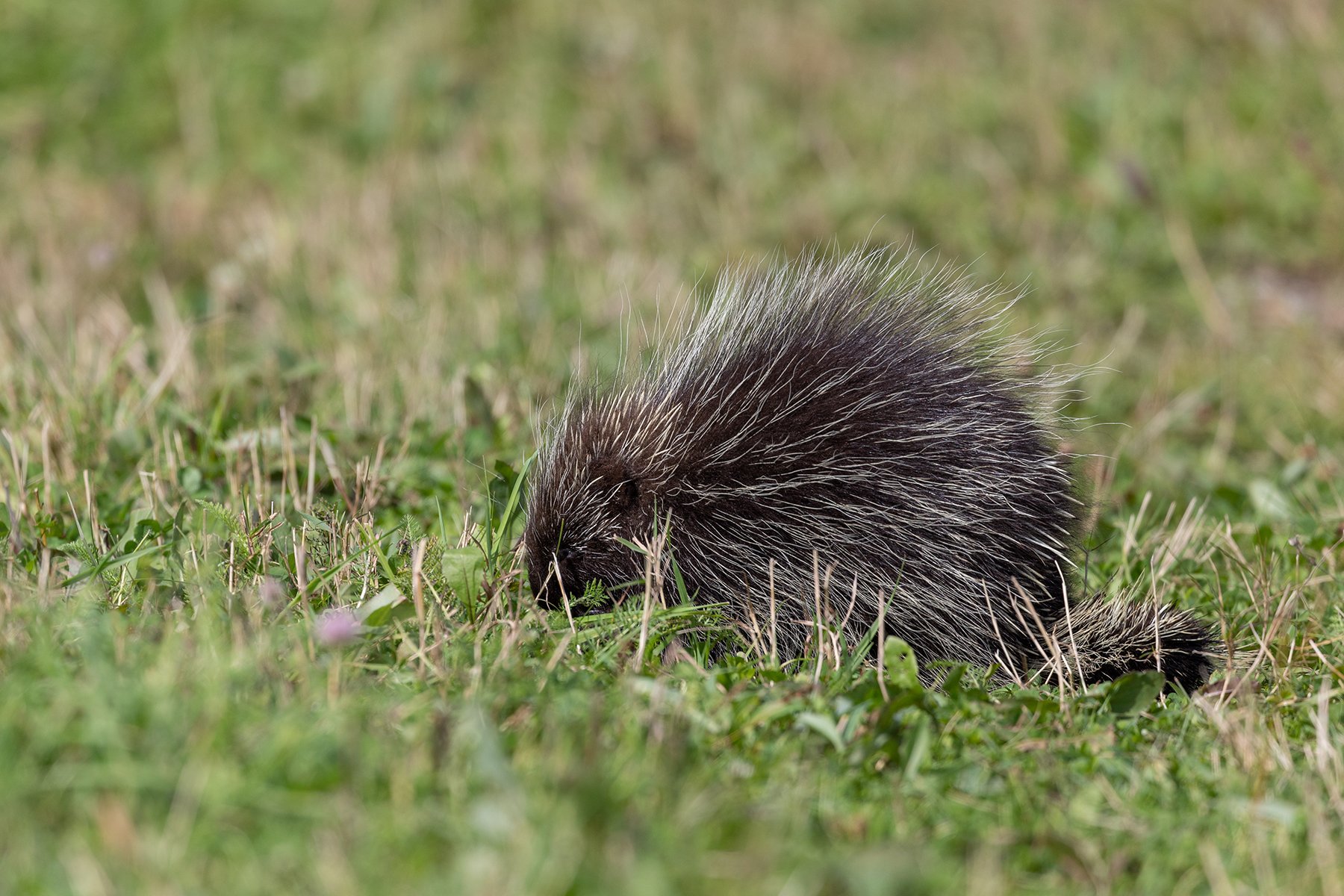On October 16, Mass Audubon purchased 42 acres in Plainfield, closing one of the last, large, remaining gaps in the 1,856-acre West Mountain Wildlife Sanctuary connected system.
The land was purchased from the children and grandchildren of Lodewyka “Kin” Cullen. In the 1980s and 90s, Kin worked with Mass Audubon to protect 127 acres of her land—generously selling it to Mass Audubon at a significantly discounted price. Now her descendants carry on her conservation legacy at West Mountain.
Why This Land Matters
Unique Habitat
Due to its recent logging history, the forest on these new 42 acres is much younger than the rest of West Mountain. This adds early successional habitat to an aging landscape, increasing the number of species that can utilize West Mountain Wildlife Sanctuary. Some early-successional dependent bird species found at West Mountain include Chestnut-sided Warblers, Eastern Towhees, and White-throated Sparrows.
Recent logging also created a forest interior covered by a dense, slash-filled thicket, which acts as a natural “fence” to prevent deer browse on new and emerging vegetation. Deer browse is one of the largest drivers of ecological decline in our New England forests. Here, deer can snack on the exterior vegetation but find it difficult to maneuver in the dense slash, allowing new plants to grow to maturity.
Protected Corridors
The property has two gorgeous streams that flow south onto additional Mass Audubon land, into Mill Brook (a designated coldwater fishery resource), and eventually into the Westfield River. The seeps that feed the stream create a lush moss-covered forest floor, hosting many species of fungi.
The property also connects to existing trail networks at West Mountain Wildlife Sanctuary, which are open to the public.
With Gratitude
This addition to West Mountain was made possible by donors to Mass Audubon’s 30x30 Catalyst Fund. Launched in 2024 with a goal of raising $75 million and over $40 million raised to date, the fund enables Mass Audubon to move quickly and to permanently protect the most biodiverse and carbon-rich land in the state.
Stay Connected
Don't miss a beat on all the ways you can get outdoors, celebrate nature, and get involved.







